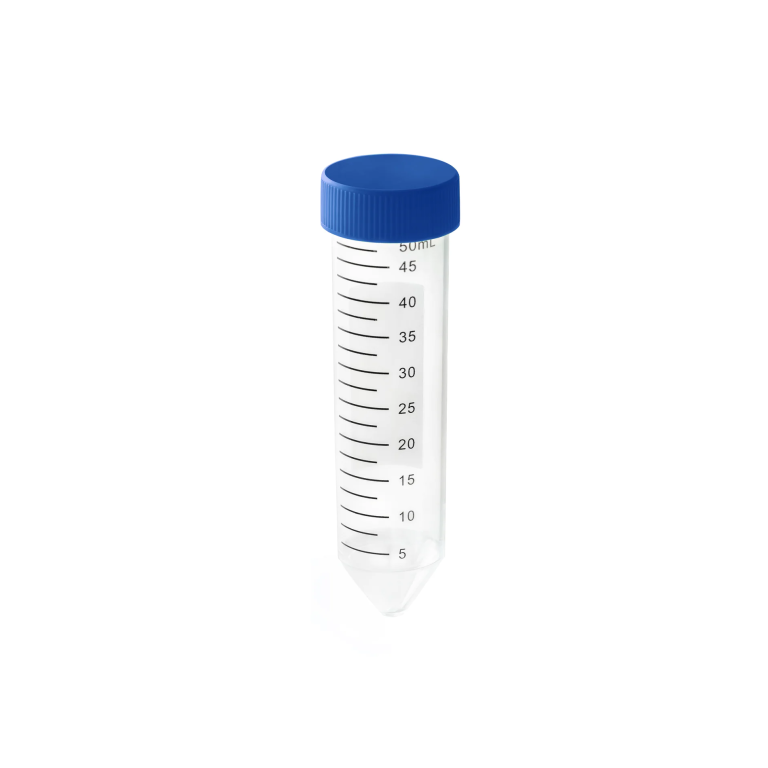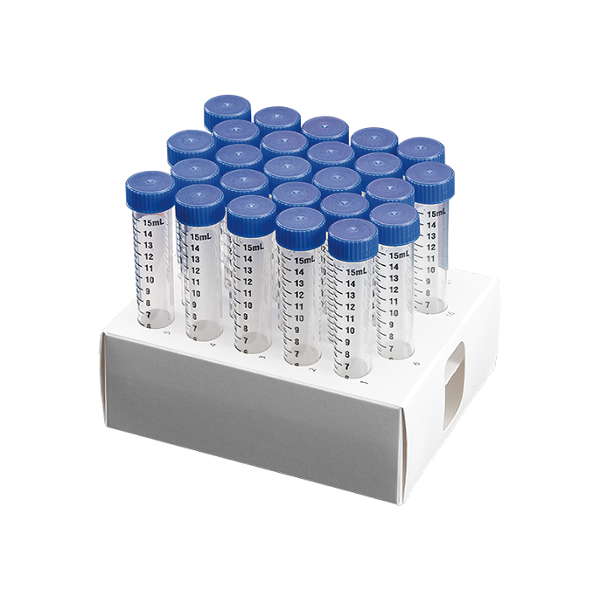Cryovials are typically made from polypropylene plastic due to their desirable properties at ultra-low temperatures:
– Thermal shock resistance – Polypropylene can withstand rapid temperature changes during freezing and thawing cycles without becoming brittle or cracking. This helps maintain sample integrity.
– Low-temperature durability – The material remains flexible and durable even when frozen to temperatures as low as -196°C (the boiling point of liquid nitrogen). It does not become stiff or shattered.
– Chemical resistance – Polypropylene is resistant to acids, bases, salts, and other chemicals. This prevents the degradation or leaching of chemicals into the samples.
– Serializability – The material can be sterilized using autoclaving, gamma irradiation, or electron beams to ensure it is free of contaminants.
– Transparency – Clear polypropylene allows visibility of the sample through the vial walls while preventing light exposure.
– Inertness – Polypropylene is chemically inert and does not react with or absorb the contents of the vial. This prevents sample interaction with the vial.
– Cost-effectiveness – Polypropylene is an inexpensive material, making cryovials cost-effective and economical.
– Lightweight – Low density of polypropylene results in lightweight vials for easier handling and transportation.
So polypropylene is the material of choice for cryovials due to its exceptional performance at cryogenic temperatures along with other advantages like chemical resistance and cost-effectiveness. This ensures optimal preservation of frozen samples.


